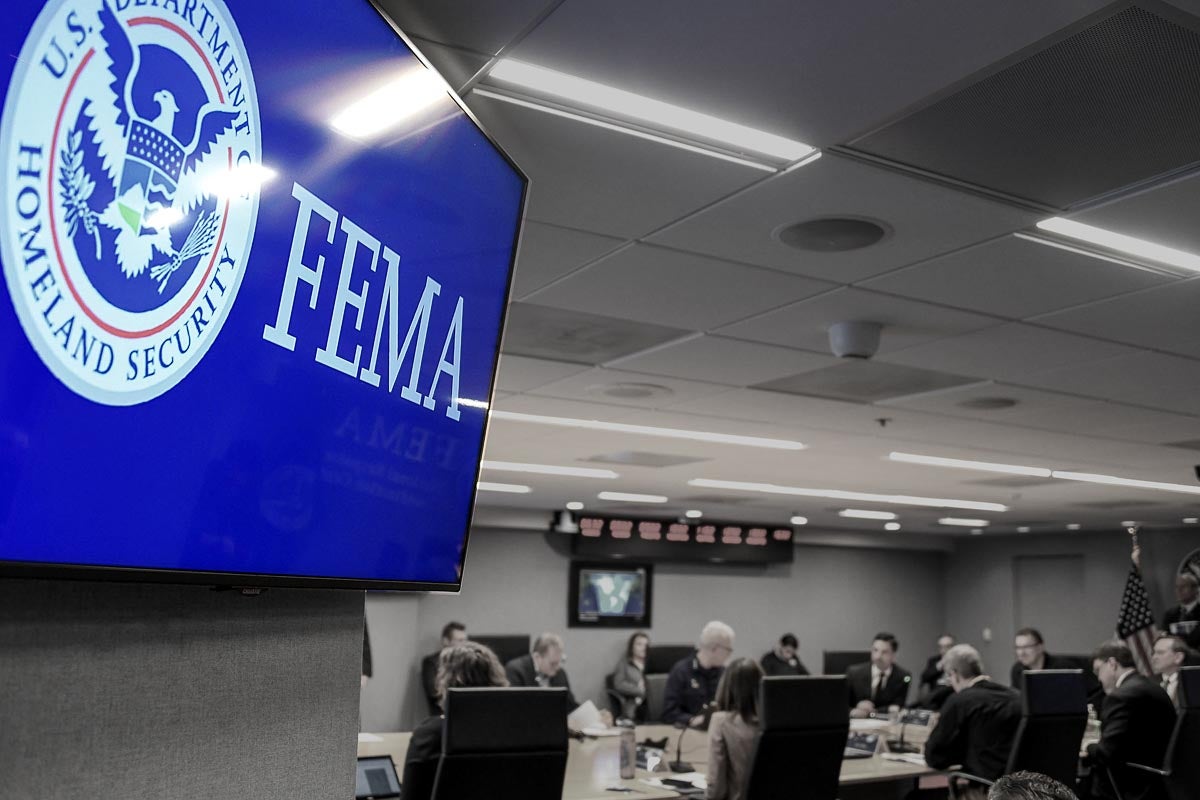The federal government has a portfolio of funding programs across several agencies aimed at disaster recovery and mitigation. Most of these funds are routed through FEMA across three main grant programs: Individuals and Households Program, Public Assistance Program and Hazard Mitigation Grant Program assistance.
FEMA also oversees the National Flood Insurance Program, which pays out only to policyholders. The newest FEMA disaster grant program, Building Resilient Infrastructure and Communities, has allocated $1 billion for pre-emptive projects to help prepare cities and neighborhoods for disasters. (The applications for that program open Sept. 30.)
After Hurricane Harvey, for example, more was spent on public assistance ($2.36 billion) than individual assistance ($1.66 billion). Meanwhile, the NFIP paid out around $5.7 billion in 2017. Unlike the NFIP and the individual and household assistance grants, the Public Assistance Program allocates funds to state, local and tribal governments, as well as some private non-profit entities, such as schools and health care providers. After Harvey, this program allocated funds to reimburse cities for debris removal as well as repairing and modifying facilities to be more resilient among other projects. These grants are typically given as a cost share with the federal government, with localities covering 10-25% of the project cost.
Amid the ongoing pandemic emergency, FEMA is considering reforms for the Public Assistance Program to shift more of the cost burden onto some states and localities by updating its funding criteria, which have not been revised since 1999, to take into account each state’s tax base. The Texas Department of Emergency Management and the Harris County Flood Control District have formally voiced concerns that this policy would mean less access to federal dollars in disaster-prone areas.
The FEMA Public Assistance data now available in the Kinder Institute Urban Data Platform offers some insights into the program’s increasing role in disaster recovery.
In the past 4 years, FEMA’s public assistance program has obligated as much as it has in the previous 18 years.*
Since 1998, FEMA has allocated about $146.3 billion to Public Assistance grants. From 2017 through the end of 2020, FEMA distributed almost as much public assistance aid as was distributed from 1998 to 2016 ($73 billion over an 18-year span vs. $72 billion over 4 years). To date, over 90% of funds are tied to disaster declarations involving hurricanes, severe storms and floods, with hurricanes alone accounting for more than $83.5 billion in aid since 1998.
The pandemic is responsible for a huge portion of recent allocations, but prior to COVID-19, the biggest outlay for the program stemmed from disasters in 2017, which accounted for $35 billion in Public Assistance commitments, almost entirely attributed to hurricanes Harvey and Maria.
Because the federal obligation does not cover the full cost of most projects, the increase in project expenditures has also meant increasing costs picked up by local governments or other sources. The total amount of project costs that have not been covered by Public Assistance funds since 1998 exceeds $15 billion.
*These figures are not adjusted for inflation. When the Consumer Price Index is factored in, the general trend holds up—FEMA is allocating more in Public Assistance in the past decade than it has previously.
Just four states and Puerto Rico accounted for two-thirds of all Public Assistance funding.
Predictably, Public Assistance funding has been concentrated in disaster-prone states and localities—and it only takes one significant event to put one state or county at the top of the list.
The dire need to rebuild public infrastructure and facilities after Hurricane Maria made Puerto Rico the single largest recipient of Public Assistance funds to date, with over $24 billion attributed to that disaster. The territory previously received less than $1 billion stemming from other disaster events.
Puerto Rico is followed by New York ($21 billion), Louisiana ($16.6 billion), Florida ($9.7 billion) and Texas ($7 billion). These figures do not include COVID-19-related obligations.
Every state has received at least some funding, but the vast majority of states and territories are each responsible for less than 1% of the total federal obligation in the Public Assistance Program, receiving less than $1.5 billion.
Within Texas, Harris County is the leading recipient by far with over $2.16 billion and 14 disasters declared since 1998. Put another way, Harris County alone has received more Public Assistance than 47 other states and territories.
COVID-19 obligations have exceeded assistance levels seen after the worst storms.
After the onset of the COVID-19 pandemic, the Coronavirus Aid, Relief, and Economic Security Act set aside $2.2 trillion across the entire federal bureaucracy. The president’s nationwide disaster declaration allowed the Public Assistance Program to begin funding emergency medical staffing and supplies, protective equipment, testing and other needs requested by states.
As of this writing, the dataset in UDP only includes funding obligations through May 2021. Costs associated with the recent uptick in cases and new vaccine distribution strategies are not yet accounted for. But as of May, nearly $28.3 billion had already been allocated, putting it beyond the scale of the public aid obgliations stemming from the worst hurricanes.
While keeping in mind this is a partial data set, Texas is home to the biggest share of requested funding, with 93 applicants requesting a total of $11.12 billion, with the single largest expenditure being medical surge staffing for about $7.23 billion.
Explore the data
Researchers can further explore this data to understand how and where Public Assistance funds are spent. For example, the data includes applications for grants made by private schools, school districts, hospitals and other qualifying entities.
The Urban Data Platform hosts nearly 250 datasets from federal, state and local sources, ranging from demographics and health care to housing and disaster recovery to aid in research and analysis, with a focus on Houston and Harris County. Most of the datasets have also been processed by Kinder staff to facilitate analysis.
Explore the platform and contact our staff if you have questions about how to access and use the UDP.

